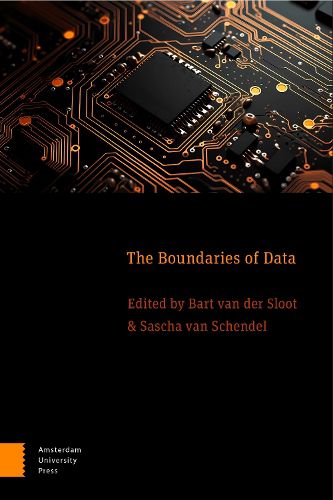Readings Newsletter
Become a Readings Member to make your shopping experience even easier.
Sign in or sign up for free!
You’re not far away from qualifying for FREE standard shipping within Australia
You’ve qualified for FREE standard shipping within Australia
The cart is loading…






The legal domain distinguishes between different types of data and attaches a different level of protection to each of them. Thus, non-personal data are left largely unregulated, while privacy and data protection rules apply to personal data or personal information. There are stricter rules for processing sensitive personal data than for 'ordinary' personal data, and metadata or communications data are regulated differently than content communications data. Technological developments challenge these legal categorisations on at least three fronts: First, the lines between the categories are becoming harder to draw and more fluid. Second, working with various categories of data works well when the category a datum or dataset falls into is relatively stable. However, this is less and less so. Third, scholars increasingly question the rationale behind the various legal categorisations. This book assesses to what extent either of these strategies is feasible and to what extent alternative approaches could be developed by combining insights from three fields: technology, practice and law.
$9.00 standard shipping within Australia
FREE standard shipping within Australia for orders over $100.00
Express & International shipping calculated at checkout
The legal domain distinguishes between different types of data and attaches a different level of protection to each of them. Thus, non-personal data are left largely unregulated, while privacy and data protection rules apply to personal data or personal information. There are stricter rules for processing sensitive personal data than for 'ordinary' personal data, and metadata or communications data are regulated differently than content communications data. Technological developments challenge these legal categorisations on at least three fronts: First, the lines between the categories are becoming harder to draw and more fluid. Second, working with various categories of data works well when the category a datum or dataset falls into is relatively stable. However, this is less and less so. Third, scholars increasingly question the rationale behind the various legal categorisations. This book assesses to what extent either of these strategies is feasible and to what extent alternative approaches could be developed by combining insights from three fields: technology, practice and law.